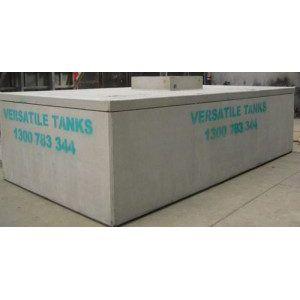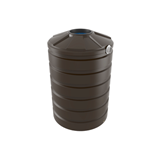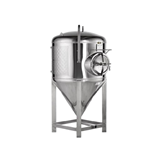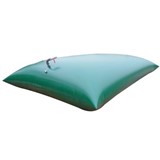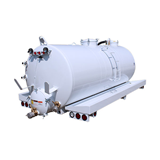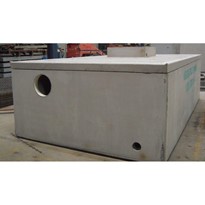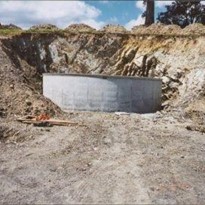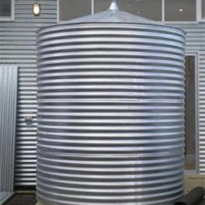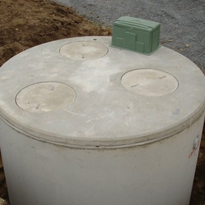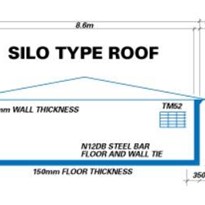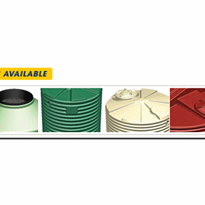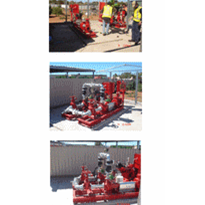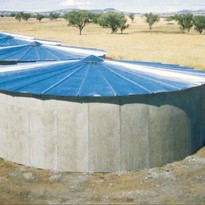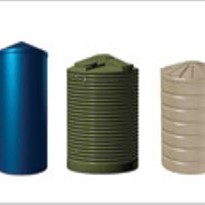Concrete tanks are essential for effective and safe water storage. Many councils in Australia mandate the installation of a water tank on any newly built property because of its hot and dry climate and the increased risk for droughts.
While cylindrical water tanks are very commonly used in Australia, they may not be the best option. Not only are they more space-intensive, especially if put in a rectangular or square space but may also need deeper excavation to install. They are also more likely to have hydraulic issues, for example, tanks popping out of the ground due to inadequate ballast.
A rectangular water tank, on the other hand, fits snuggly in most yards and can even suit smaller spaces. They are often used as underground wine cellars, cold storage facilities and as above-ground fire fighting water storage tanks. If you’re thinking of getting a water tank installed on your property, or are required to by your council, read on to find out the benefits of concrete water tanks and some tips for installation:
Benefits of Concrete Water Tanks:
Cost-effective and durable
Concrete is a very durable material and is also very cheap. Because they are built to last, you also will not need to spend on repairs very often, making it an excellent cost-effective and durable option. A good quality concrete water tank can last for up to 50 years!
Available in different sizes
Versatile Tanks’ rectangular water tanks are available in 3 different size options: 6700 litres, 11700 litres and 22500 litres. Depending upon the type of property you are installing the tank at, your water requirements will change, and so will the size of the tank you choose.
Low maintenance
Concrete is a very low maintenance material. They are extremely durable and can withstand almost all kinds of weather conditions. If installed underground where they are not exposed to harsh weather conditions, they may require even less maintenance. And when maintenance is required, it is usually quite cheap and easy.
After some years, a concrete tank may develop cracks and leaks, which can be easily repaired using simple concrete waterproofing solutions. Check the backflow prevention valve every year and the tank for leaks and cracks every 2 years and you’re good to go!
Easy Installation
Because our concrete water tanks are made in a precast mould, they do not have any complex parts and bits and pieces to assemble. Once the hole has been excavated in the ground, the tank can be placed right in and be ready for use in a matter of hours.
Improved water quality
Concrete is a naturally algae-resistant material. Stored water can often develop smells, especially if stored in plastic tanks or have a metallic taste when stored in metal tanks. However, water stored in concrete tanks tastes fresher and is algae and disease-free.
Tips for Installation:
- Get in touch with your local council and check permissions. Also talk to local authorities to check the plans for gas, electricity, sewage systems, stormwater drainage and other essential services to ensure your property has the space for a concrete tank.
- Talk to one of Versatile Tanks’ friendly representatives and get advice on the best type and size of tank to choose.
- Prepare yourself for the day of installation by booking a crane and ordering a pump system with working pressure above 300kPa, mark the area you want the tank to be installed in. If the tank will be placed underground, you will also need to hire an excavation service.
- Order a low slump ballast mix with low density and low slump concrete. This mix will act as a cushion between the ground and your tank.
- Check the weather forecast for the day of the installation and conduct a thorough risk assessment. The area where you will place the tank needs to be flat, preferably laser levelled.
- On the day of the installation, make sure the hole is big enough to easily fit your concrete tank and that there are no people in the vicinity.
- Using the crane, your installation team will lift the concrete rectangular water tank and slowly lower it into the hole that has been created for this purpose.
- Once the tank is in position, the unit will be backfilled using the concrete ballast mix and the original soil will be put back in.
- Finally, the pump systems will be connected to the tank and your tank is ready for use!


